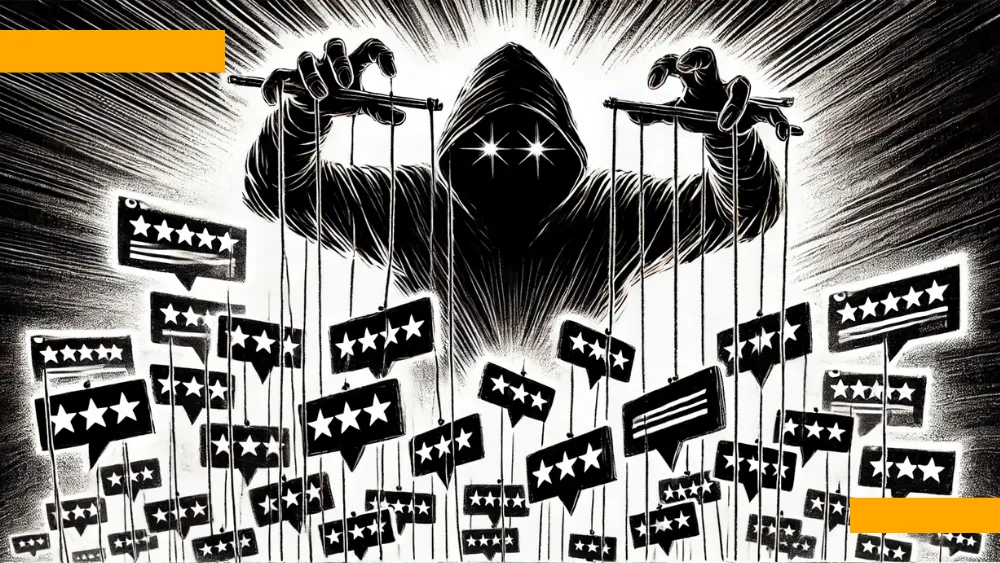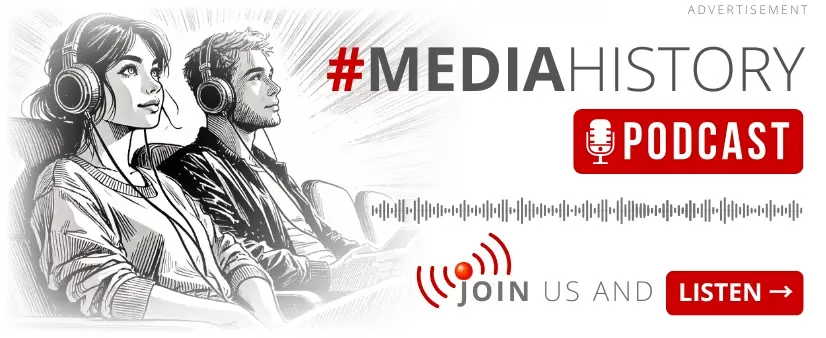 illustration: DALL-E
illustration: DALL-EAccording to the latest survey by TRUSTMATE.io from Poland, more than a third of respondents (39%) believe they’ve encountered fake reviews online. Even more alarming? One in four admits they can’t tell the difference between genuine feedback and fabricated praise. It’s not just an annoyance - it’s a sign of how sophisticated these deceitful techniques have become.
| Have you encountered fake reviews about companies or products online? | % |
|---|---|
| Rather yes | 20.9% |
| Definitely yes | 18.1% |
| Rather not | 27.0% |
| Definitely not | 9.5% |
| I don`t know | 24.5% |
Fake Reviews. Are We Being Fooled?
The numbers tell an interesting story. Men are more likely than women to report encountering fake reviews: 44.2% of men compared to 34.3% of women. Women, on the other hand, are more uncertain - 28.4% selected “I don’t know,” compared to 20.2% of men. Does this mean women are more cautious, or are the fakes simply harder to detect?
Apparently, it does. People with higher education are more likely to firmly state that they’ve encountered fake reviews (23%) than those with only primary education (18.9%). However, those with secondary education were the most unsure, often selecting "I don’t know" as their answer.
This trend suggests that while higher education may increase critical thinking, it might also heighten awareness of how difficult it is to spot a fake among the real.
Urban Legends. Age and City Size and Review Awareness
Where you live might affect your review radar. Respondents from major cities (over 500,000 residents) are the most likely to say “definitely yes” to spotting fake reviews. Meanwhile, people in towns between 20,000 and 49,000 residents seem the most skeptical, with the highest rate of “rather not” responses.
The level of uncertainty peaks in cities with 100,000–199,000 people, where nearly 30% say they just don’t know. Urban anonymity or digital overload? The data leaves room for interpretation.
Young adults (18–34 years old) are the most likely to believe they’ve seen fake reviews. Interestingly, the certainty of encountering manipulation declines with age, while skepticism and uncertainty grow. The oldest respondents (65+) often choose “definitely not” or “I don’t know.” Perhaps digital natives are just more attuned to online traps - or maybe older generations are more trusting?
What Can We Do?
TRUSTMATE.io`s report underscores a growing need for vigilance. Consumers must sharpen their critical thinking, and platforms need to double down on authentication tools. Reviews remain a key part of online decision-making - but the real value lies in knowing which ones to trust.
Survey conducted in Poland by UCE Research on behalf of TRUSTMATE.io, March 2025, using a representative CAWI sample of 1008 Polish respondents.More data: https://TrustMate.io
COMMERCIAL BREAK
New articles in section Marketing and PR
#POMAGAM2026 Can a New Year's resolution go viral?
wspieramy
Is a million good deeds a lot? Ten-year-old Emilka wants to find out. She just announced the I Resolve to Help campaign on the internet and urges everyone to make a unique New Year's resolution. That we help each other more often in 2026.
Dance in the media mirror. Between culture, business and viral fame
KFi
Over 78,000 media pieces, 1.6 billion potential views, and 197,500 social media mentions-dance in Poland is no longer niche. With a combined media value exceeding PLN 800 million, it now outperforms MMA, handball, and hockey.
PR in Poland. Ranking of the largest public relations agencies 2025
KFi
The smallest teams often generate the most publications, and agencies outside Warsaw are increasingly capturing media attention. This unexpected distribution of power is one of the key findings from the 2025 PR Agency Ranking in Poland, developed by Widoczni and IMM.
See articles on a similar topic:
Artificial Intelligence, Real Results in Marketing. HubSpot Report
BARD
Although AI is a term that can sometimes evoke concerns, the "AI Trends Report 2024" compiled by analysts at HubSpot shows that for many, artificial intelligence is the future of marketing.
More AI bots in customer service. However, Poles want people
Andrzej Sowula
Over three quarters of Poles (75.9%) have already had contact with a bot in a customer service department and nearly one in four is satisfied with this service. This means an increase of 7.7% over the past two years. At the same time, only 8.1% of Poles fully trust the bots serving them.
Predictive Analytics in Ads. Customer Doesn’t Know Yet, But Ad Does
Krzysztof Fiedorek
Artificial intelligence is changing the rules of marketing. Predicting customer behaviors through advanced AI algorithms and making data-driven decisions is already the present. The report "The State of AI," published by McKinsey, shows the impact this will have on the advertising and marketing industry.
Bots on Hotlines. Armatis Customer Experience Index Study
KF
Nearly two-thirds of Poles report encountering a chatbot or voice bot when contacting customer service. This type of service often triggers negative emotions. Almost three-quarters of Poles would prefer to wait in line for human assistance rather than be served immediately by a bot.






























